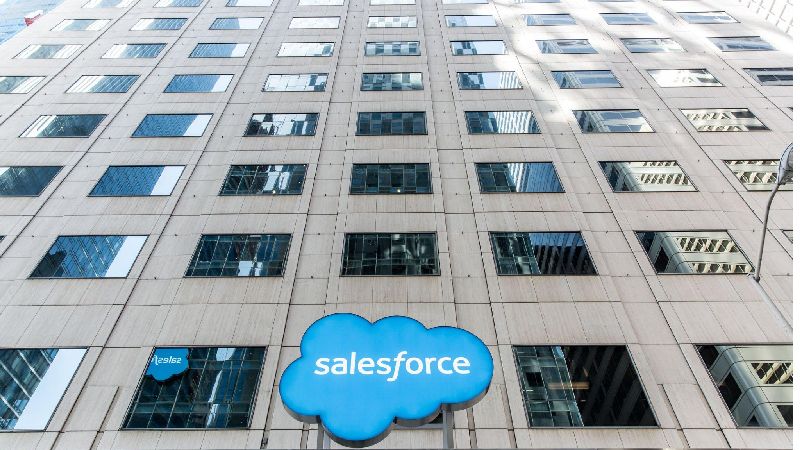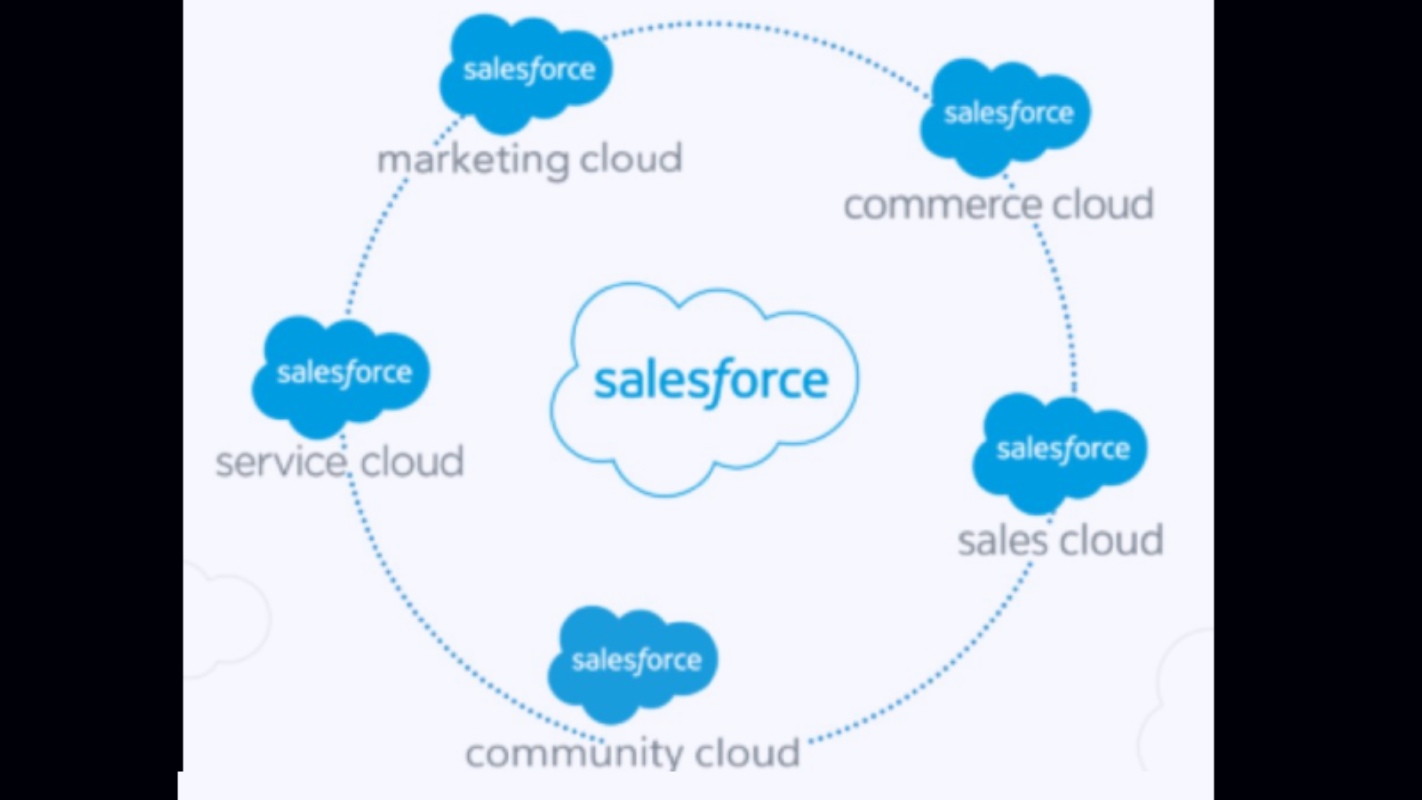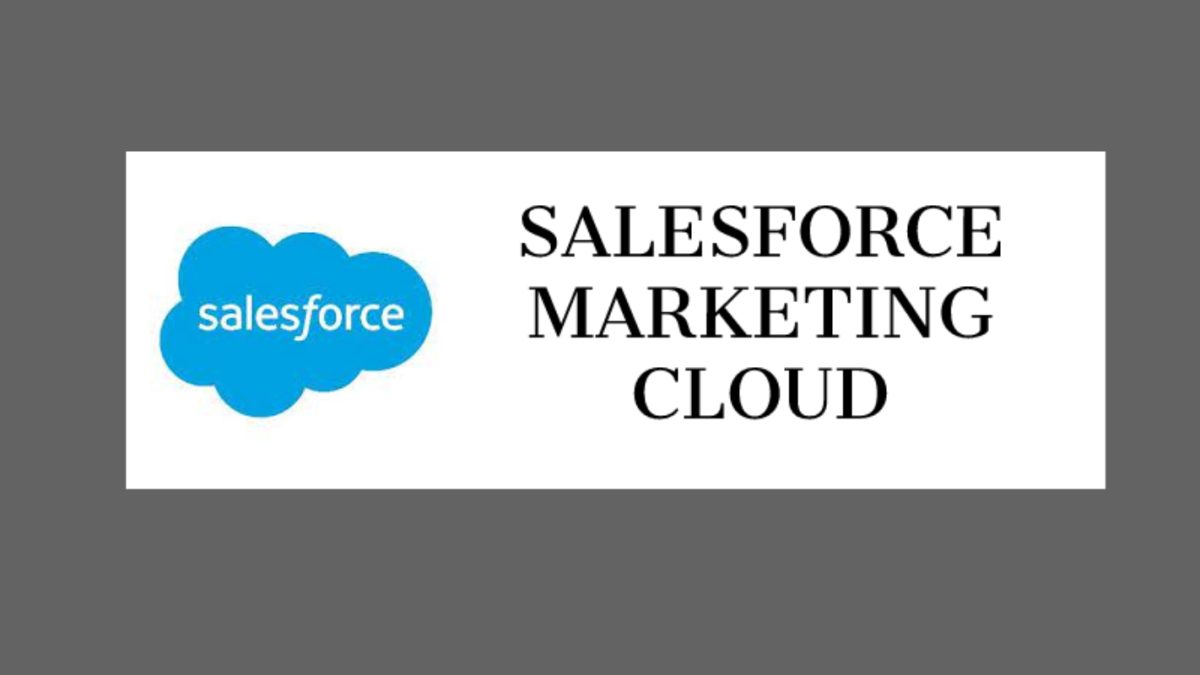Table of Contents
What is Salesforce Marketing Cloud Objective?
Salesforce Marketing Cloud Objective is Salesforce’s platform (or “Cloud”) for promoting robotisation and client commitment. It is a SaaS stage comprised of four “base variants,” each with varying degrees of usefulness and different extra at-cost parts that further increment usefulness.
Momentarily glancing back at its set of experiences, the Centre of SFMC was not initially evolved by Salesforce but instead acquired by Salesforce in securing ExactTarget in 2013. This is significant since there are events you run over “ExactTarget” while referring to Salesforce Marketing Cloud.
In a similar obtaining, Salesforce additionally gained Pardot, which Exact Target had recently bought. Pardot at first evolved as a B2B promoting mechanisation stage for SMBs (instead of Exact Target, which was more B2C-centered). Pardot exists today in the Salesforce biological system. Nonetheless, it hasn’t been incorporated or converged into SFMC/ExactTarget, nor was it renamed as a Salesforce “Cloud” item.

SFMC does this by utilizing parts they call “Studios” and “Developers:
“Studios” are utilised to oversee and draw in channels of correspondence. SFMC incorporates Email Studio, Social Studio, and Mobile Studio.
“Manufacturers” deal with the Salesforce Marketing Cloud stage’s information, content, and client ventures. They use by the Studios however don’t need to be
What Can You Do With Salesforce Marketing Cloud Objective?
Salesforce Marketing Cloud Objective is an element-rich stage with capacities across the advertising area. This incorporates the accompanying:
- Client commitment continuously
- Email and showcase robotisation
- Web-based entertainment commitment, tuning in and promoting
- Portable (SMS) informing and pop-up messages
- Client promoting examination
A client venture empowered in Salesforce Marketing Cloud shows a few basic abilities referenced previously. In SFMC, you can utilise Journey Builder to make computerised multi-channel ventures using many of the powers above to give your clients a customised, 1:1 client experience.
Information-Driven Messaging In Salesforce Marketing Cloud

The device can convey messages to each contact in light of the singular’s ongoing information and afterwards trigger new messages given constant client information changes and connections. The excursions can have numerous branches (like a tree) – and choices can go on various parts given:
Contact Information
Contact information in the Marketing Cloud is connected with the reach you send data to. The information related to a reference, or any adjustment of their information, can figure out which excursion branch to take.
For instance, a contact could be in a correspondence venture for possibilities; however, it changes a client at that point. Adjusting their contact information in SFMC could eliminate them from a possible excursion and spot them into another client venture.
Venture Information
This is how the contact has associated with the SFMC venture (e.g., email opens or snaps). One model is a welcome excursion. For example, after buying an item, a client might get numerous messages (Email 1 – welcome, Email 2 – thing enlistment, Email 3 – item utilisation tips, etc.).
Salesforce Marketing Cloud can identify who is opening and cooperating with each email. This enables you to send a client down a branch to resend Email 2, for example, after a specific configurable time (e.g., five days) in case someone doesn’t open or snap or send them down a branch to receive Email 3 accepting they have opened and connected with Electronic mail.
Multi-Channel Messaging In Salesforce Marketing Cloud
SFMC Journey builder allows you to concept email and SMS messaging journeys. In addition, there are numerous purposes cases of having multi-channel information, including:
Administration and Backing Case Correspondence
Use messages to impart content connected with administration and backing for a client. Use SMS to share all the more convenient data (e.g., administration staff on their way, an adjustment of your administration/support case status like a conclusion).
Post-Buy Correspondence
Use messages and SMS to share post-buy interchanges. For instance, you can go ahead and make an excursion with a shipment status letter until something comes up if you don’t mind. Right now, SFMC sends an email to the client to illuminate them the bundle was given and afterwards follows with an item enlistment email and, conceivably, a client study.
Financial Communications
Use emails and SMS to communicate financial status related to loans or credit. For example, emails help remind customers of upcoming loan payments if they have not yet been made. In addition, an SMS message can be helpful on the actual due date to ensure they don’t miss their payment and face late payment penalties.
What are Salesforce Marketing Cloud Objective Benefits?
Information Management
Information, the board in Marketing Cloud is finished utilizing information expansions (a table) related to framing a social data set upheld with SQL.
This, combined with SFMC’s capacity to store different information types and make your detailed information. Model is a benefit contrasted with a few cutthroat stages that help a restricted information model confined by the information they can import and make due.
This is significant because it considers more perplexing crowd building and division inside SFMC.
Combination Capabilities
Salesforce Marketing Cloud has broad combination capacities to give information from different sources. Notwithstanding the typical association with Salesforce’s Sales Cloud and Service Cloud, SFMC has numerous APIs, including a REST API and a SOAP API. Remember to expand your contact data for SFMC, bring in satisfied, and start set-off sends for ordinary use cases for these APIs.
Outsider Applications
Salesforce Marketing Cloud has a broad arrangement of outsider applications accessible, including those from the Salesforce AppExchange, to expand its capacities and alter it to your particular business objectives. For example, consider the AppExchange, Apple App Store or Google Play store for SFM.
Past the AppExchange, other outsider items from Salesforce accomplices incorporate with SFMC to build its usefulness and worth.
Use of Artificial Intelligence
Salesforce’s artificial consciousness innovation, which has the brand” Einstein,” features some interesting applications within SFMC, including:
- Engagement scoring to predict who will interact with messaging
- Sent time optimisation to predict the best time to send. A message to each individual, so it’s most likely to open
- Engagement frequency to understand how many notes to send each individual.
- All of this help to increase the appointment that consumers have brand while at the same time providing a personalised experience
Conclusion
Salesforce Marketing Cloud use traverses numerous ventures and company sizes. While Marketing Cloud is an undertaking level stage (which it tends to be). The various versions make it adaptable enough for associations of different sizes. Also, with the individual style choice of extra elements, you can fit SFMC to your particular requirements. It can adjust to your as it’s been talked about.
Salesforce Marketing Cloud plans principally as a B2C stage. However, B2-B organizations still utilize it. SFMC’s utilization in B2B is expanding as clients, particularly chiefs inside an organization. I hope you can work with client ventures like those of B2C clients. While SFMC is only one of the most economical items in its space. You can go ahead with your organization, and it’s anything but a device from which your association will grow. This is an essential consideration for any device in your technology stack.
Campaign Tips for Content Marketing – Definition, Tips, And More

